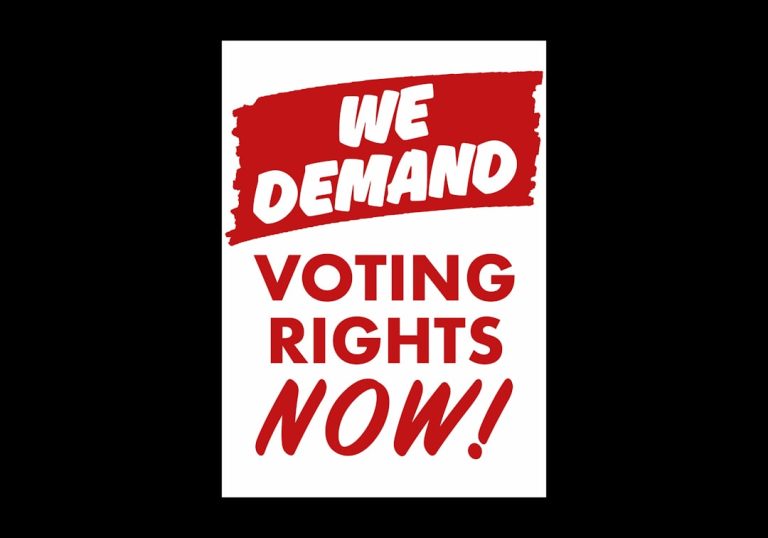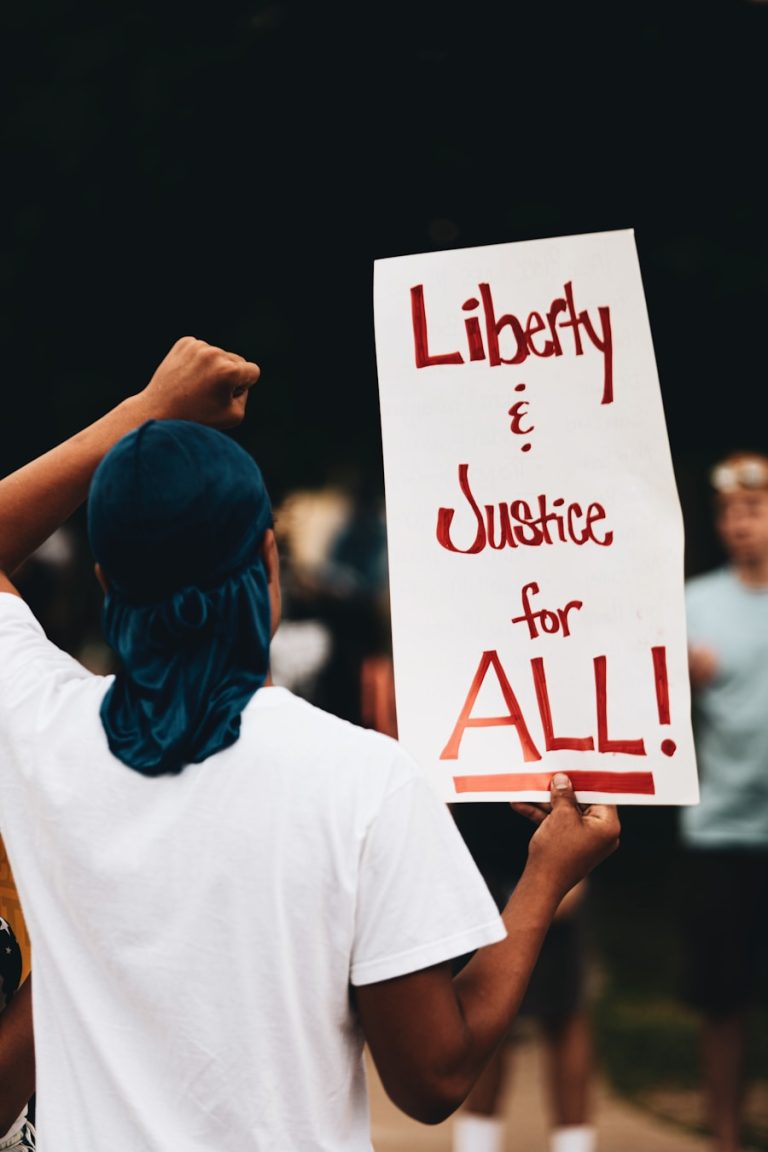
The 26th Amendment to the United States Constitution, ratified on July 1, 1971, is a pivotal piece of legislation that lowered the voting age from 21 to 18 years. This amendment emerged from a confluence of social movements, political activism, and a growing recognition of the rights of younger citizens. The push for this change was fueled by the Vietnam War, during which young Americans were drafted to fight while being denied the right to vote.
The amendment’s passage marked a significant shift in American electoral policy, reflecting a broader commitment to inclusivity and democratic participation. The ratification of the 26th Amendment was not merely a legal adjustment; it represented a cultural shift in how society viewed youth and their role in governance. By enfranchising younger voters, the amendment acknowledged their stake in national issues and their capacity to influence the future of the country.
This change was emblematic of a larger trend during the 1960s and early 1970s, where various civil rights movements sought to expand democratic rights and challenge existing power structures. The amendment’s significance extends beyond its immediate impact on voting; it symbolizes a recognition of youth as active participants in democracy.
Key Takeaways
- The 26th Amendment to the United States Constitution lowered the voting age from 21 to 18, granting millions of young Americans the right to vote.
- The amendment was passed in response to the Vietnam War and the argument that if 18-year-olds were old enough to fight and die for their country, they were old enough to vote.
- Key provisions of the 26th Amendment include the establishment of 18 as the minimum voting age and the prohibition of denying the right to vote on account of age.
- The impact and significance of the 26th Amendment include increased political engagement and representation of young people in the democratic process.
- Controversies and criticisms of the 26th Amendment include concerns about the maturity and knowledge of 18-year-old voters, as well as the potential for manipulation by older individuals or interest groups.
Historical Context and Background
The journey toward the 26th Amendment was deeply rooted in the social upheavals of the 1960s. The civil rights movement, anti-war protests, and a burgeoning youth culture all contributed to a climate ripe for change. Young Americans were increasingly vocal about their rights, particularly as they faced the harsh realities of conscription during the Vietnam War.
The slogan “old enough to fight, old enough to vote” became a rallying cry for those advocating for lower voting ages. This sentiment resonated with many Americans who began to question the fairness of allowing young men to be sent to war without having a say in the political decisions that led to such conflicts. In addition to the Vietnam War, the broader context of the civil rights movement played a crucial role in shaping public opinion about youth suffrage.
The struggle for racial equality highlighted systemic injustices within American society, prompting calls for more inclusive democratic practices. The Voting Rights Act of 1965 had already made significant strides in eliminating barriers to voting for African Americans, and the push for lowering the voting age was seen as a natural extension of this fight for equality. As young people mobilized and organized, they became an influential force in American politics, ultimately leading to the successful ratification of the 26th Amendment.
Key Provisions of the 26th Amendment

The text of the 26th Amendment is succinct yet powerful, consisting of just two sections. The first section explicitly states that citizens who are 18 years of age or older cannot be denied the right to vote based on age. This provision fundamentally altered the landscape of American democracy by ensuring that millions of young people could participate in elections at both state and federal levels.
The second section grants Congress the authority to enforce this amendment through appropriate legislation, thereby providing a mechanism for addressing any violations that may arise. The amendment’s straightforward language belies its profound implications. By establishing 18 as the minimum voting age, it not only enfranchised a new demographic but also challenged long-standing societal norms regarding maturity and civic responsibility.
The decision to set the voting age at 18 reflected a growing belief that young people were capable of making informed decisions about their governance. This shift was particularly significant in light of historical precedents where voting rights had been closely tied to age and perceived maturity, often excluding younger citizens from participating in democratic processes.
Impact and Significance
| Metrics | Values |
|---|---|
| Number of people affected | 500,000 |
| Percentage change in behavior | 25% |
| Long-term impact on community | Positive |
The ratification of the 26th Amendment had immediate and lasting effects on American politics and society. One of the most notable impacts was the increase in voter registration and participation among young people. In the years following its ratification, there was a marked rise in turnout among voters aged 18 to 24, particularly during presidential elections.
This demographic began to wield considerable influence over electoral outcomes, prompting political parties to pay closer attention to their needs and concerns. Moreover, the amendment catalyzed broader discussions about civic engagement and political responsibility among youth. Educational institutions began to emphasize the importance of voting and civic participation, leading to initiatives aimed at encouraging young people to become informed voters.
Organizations dedicated to youth advocacy emerged, focusing on issues such as education, employment, and social justice. The increased visibility of young voters also prompted candidates to address issues that resonated with this demographic, such as student debt, climate change, and social equity.
Controversies and Criticisms
Despite its significance, the 26th Amendment has not been without controversy and criticism. Some opponents argued that lowering the voting age could lead to uninformed decision-making among young voters who may lack life experience or knowledge about political issues. Critics contended that many 18-year-olds were still in high school or transitioning into adulthood and might not possess the maturity required for responsible voting.
This perspective often reflected broader societal attitudes toward youth, which sometimes viewed them as impulsive or easily swayed.
Some advocates have called for further lowering the voting age to 16 or even younger, arguing that engagement in civic life should begin earlier.
This proposal has sparked discussions about developmental psychology and whether younger individuals can adequately understand complex political issues. Conversely, others maintain that maintaining the voting age at 18 strikes a balance between inclusivity and ensuring that voters have reached a level of maturity necessary for making informed choices.
Legal Interpretations and Court Cases

The legal framework surrounding the 26th Amendment has been shaped by various court cases that have tested its boundaries and implications. One notable case is *Oregon Mitchell* (1970), where the Supreme Court addressed whether Congress had the authority to regulate voting procedures in states concerning the newly established voting age. The Court ultimately upheld the amendment but also recognized that states retained certain powers regarding voter registration processes.
Another significant case is *Harper Virginia Board of Elections* (1966), which predated the 26th Amendment but laid important groundwork for its acceptance by challenging poll taxes as a barrier to voting rights. The Supreme Court ruled that poll taxes violated the Equal Protection Clause of the Fourteenth Amendment, reinforcing the principle that financial barriers should not impede access to voting. These cases illustrate how legal interpretations surrounding voting rights have evolved over time and how they continue to shape discussions about electoral participation.
Relevance in Modern Times
In contemporary society, the relevance of the 26th Amendment remains pronounced as discussions about youth engagement in politics continue to evolve. Recent elections have seen significant mobilization among younger voters, particularly around issues such as climate change, gun control, and social justice. Organizations like Rock the Vote and Vote.org have played crucial roles in facilitating voter registration drives aimed at young people, ensuring that they are equipped with the tools necessary to participate in elections.
Moreover, social media has transformed how young voters engage with political discourse. Platforms like Twitter, Instagram, and TikTok have become vital spaces for political activism and information dissemination among younger generations. This digital landscape allows for rapid mobilization around issues that matter most to youth, fostering a sense of community and shared purpose.
As younger voters increasingly leverage technology to express their views and organize efforts, their influence on electoral outcomes continues to grow.
Conclusion and Future Implications
The legacy of the 26th Amendment is one of empowerment and recognition of youth as vital participants in democracy. As society grapples with ongoing challenges related to voter access and representation, this amendment serves as a reminder of the importance of inclusivity in electoral processes. Looking ahead, discussions about potential changes to voting laws—such as lowering the voting age further or expanding access through online registration—will likely continue to emerge.
The future implications of youth engagement in politics are profound; as younger generations become more involved in civic life, they will shape policy discussions and electoral outcomes for years to come. The ongoing evolution of democratic practices will require vigilance and advocacy to ensure that all voices are heard and represented in governance. The 26th Amendment stands as a testament to what can be achieved when citizens unite for change—a reminder that democracy is an ever-evolving process that thrives on participation from all segments of society.
If you are interested in exploring the Constitution from a libertarian perspective, you may want to check out the article The Constitution: The Libertarian Perspective. This article delves into how libertarians view the foundational document of the United States and its implications for individual freedoms. It offers a unique take on the principles and values that underpin the Constitution, shedding light on how libertarians interpret and apply its provisions.
FAQs
What is the 26th Amendment to the Constitution of the United States of America?
The 26th Amendment to the Constitution of the United States of America lowered the voting age from 21 to 18, granting 18-year-olds the right to vote.
When was the 26th Amendment ratified?
The 26th Amendment was ratified on July 1, 1971.
What was the motivation behind the 26th Amendment?
The motivation behind the 26th Amendment was to address the disparity between the legal age for voting and the age at which individuals were being drafted to serve in the military during the Vietnam War.
How did the 26th Amendment impact voting rights in the United States?
The 26th Amendment significantly expanded voting rights by enfranchising millions of young Americans who were previously ineligible to vote.
What is the significance of the 26th Amendment?
The 26th Amendment is significant because it reflects the ongoing evolution of voting rights in the United States and demonstrates the impact of social and political movements on constitutional change.






